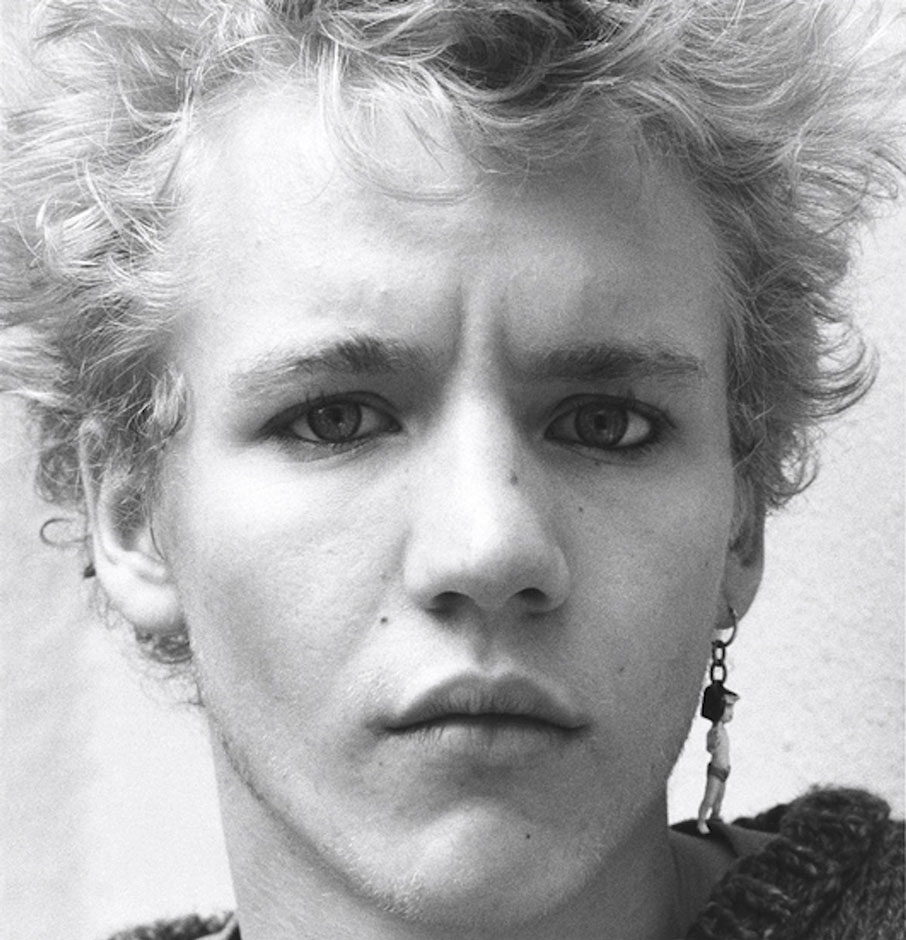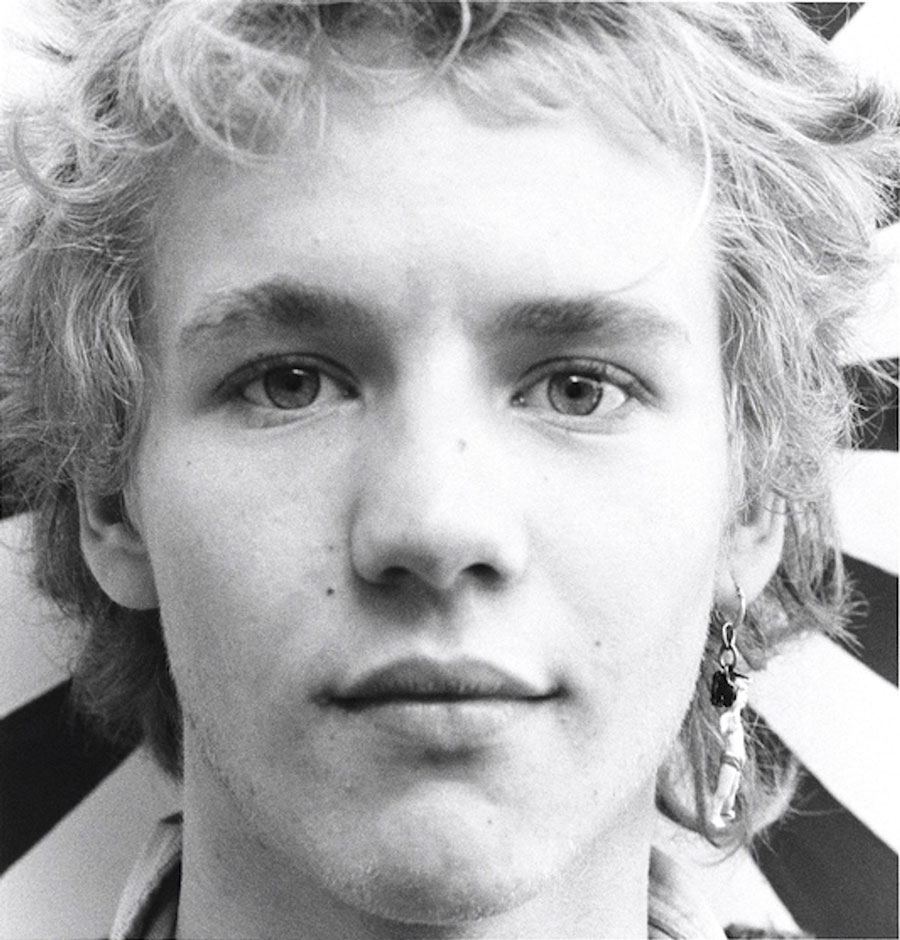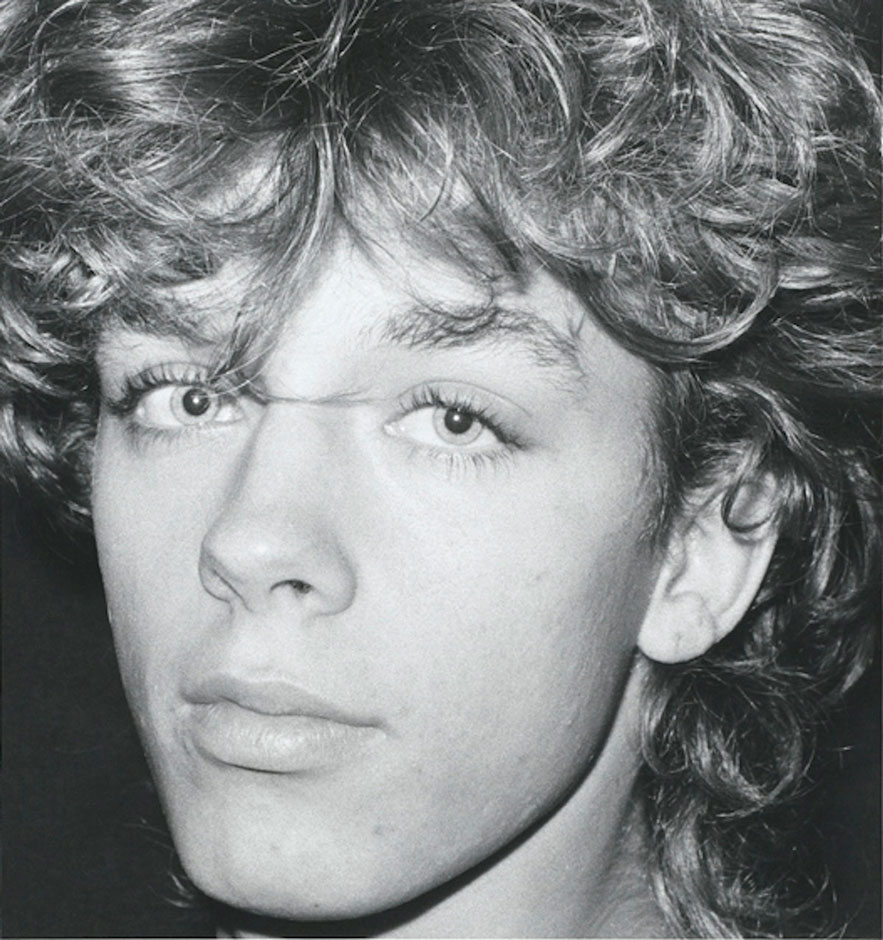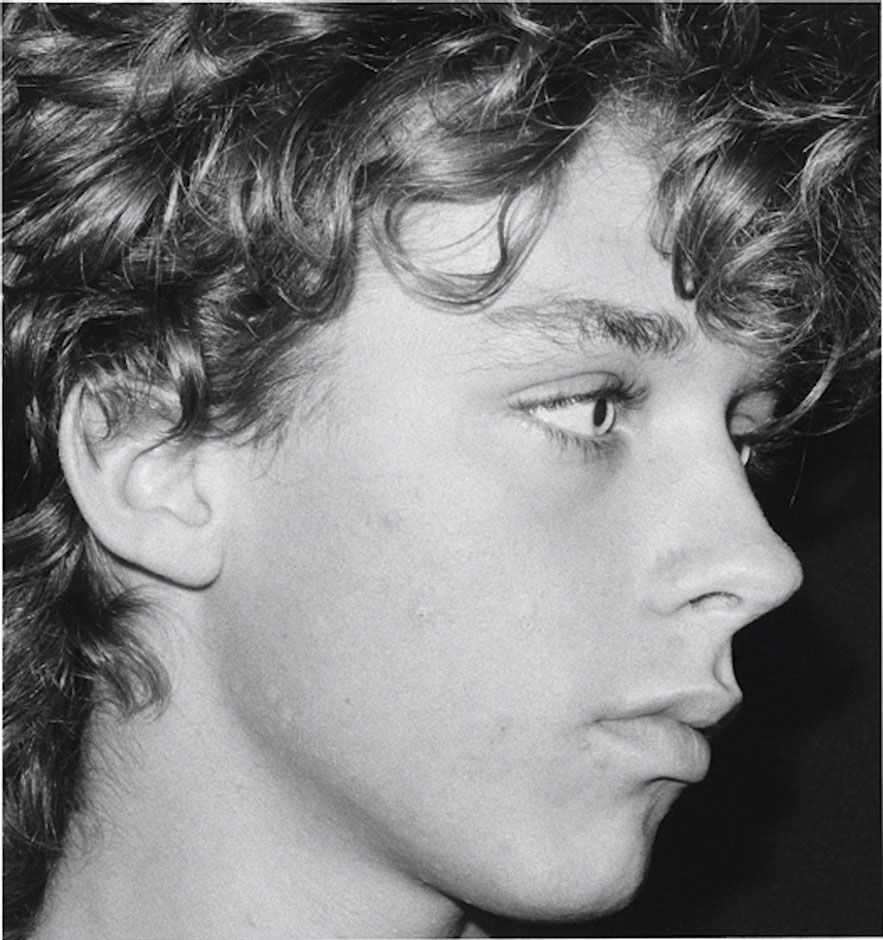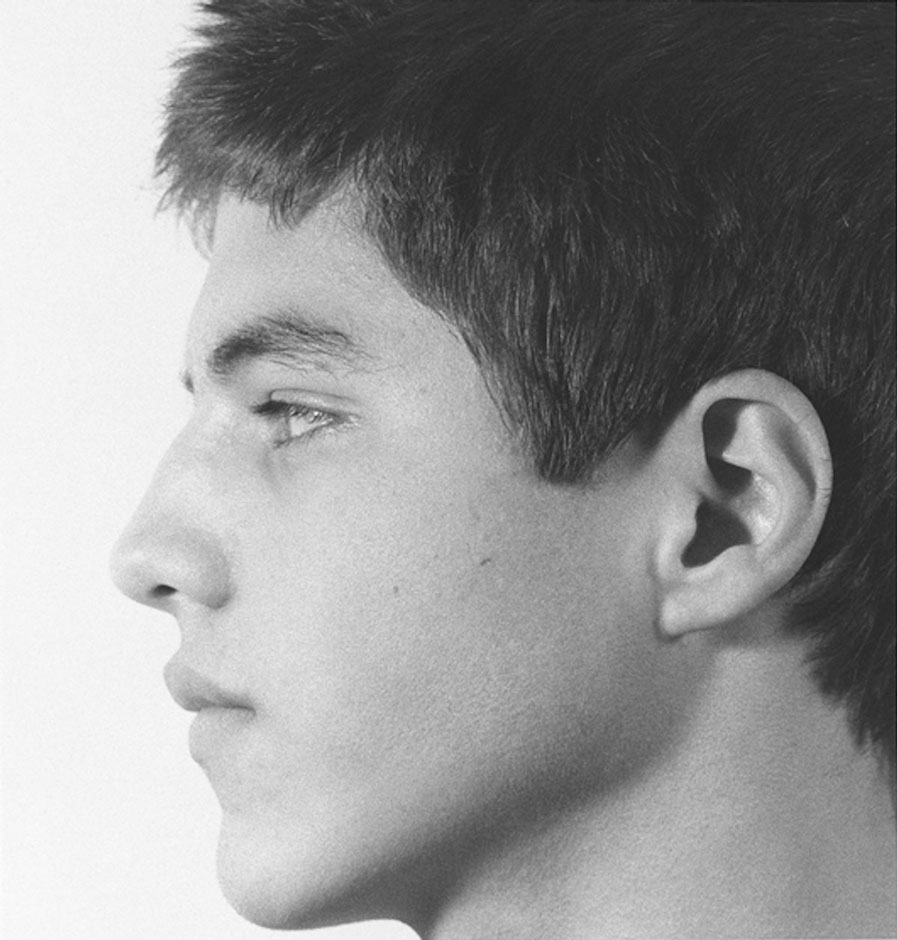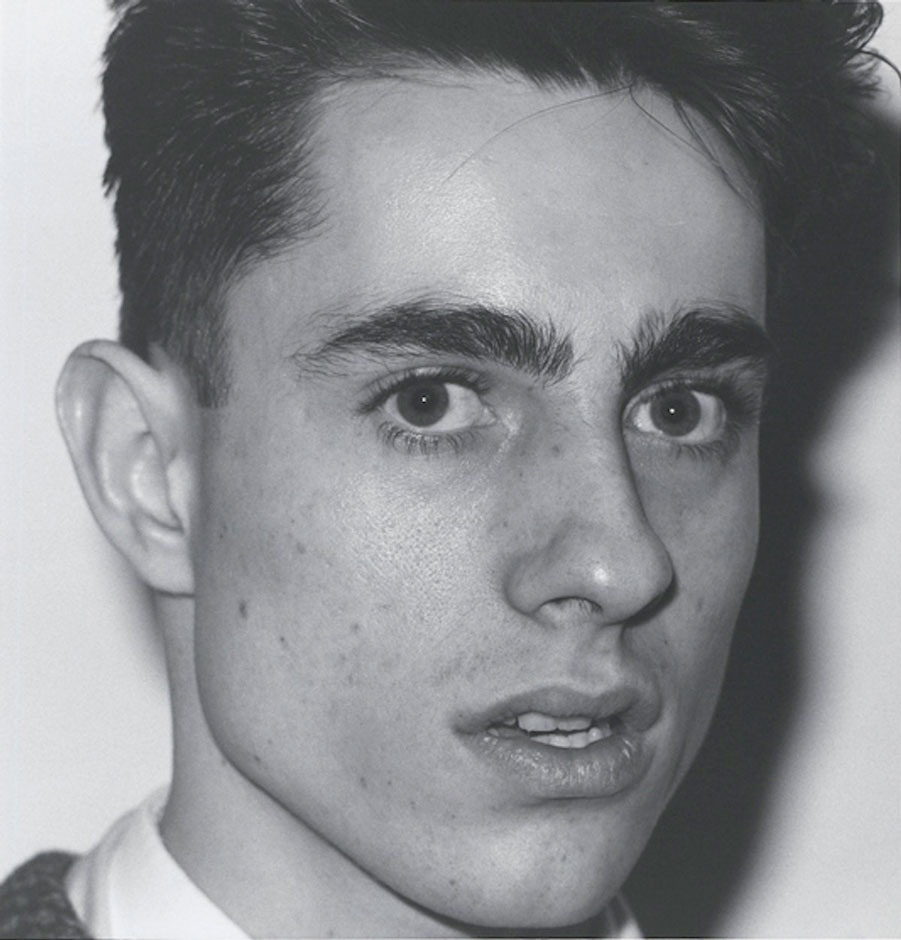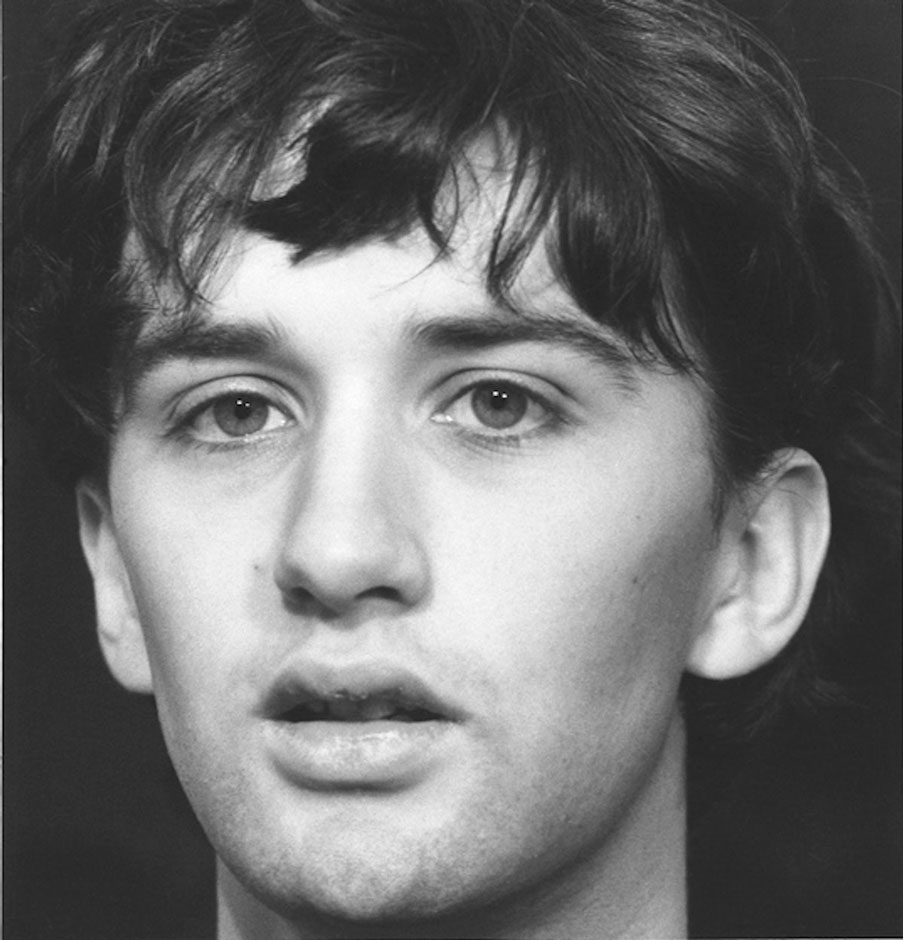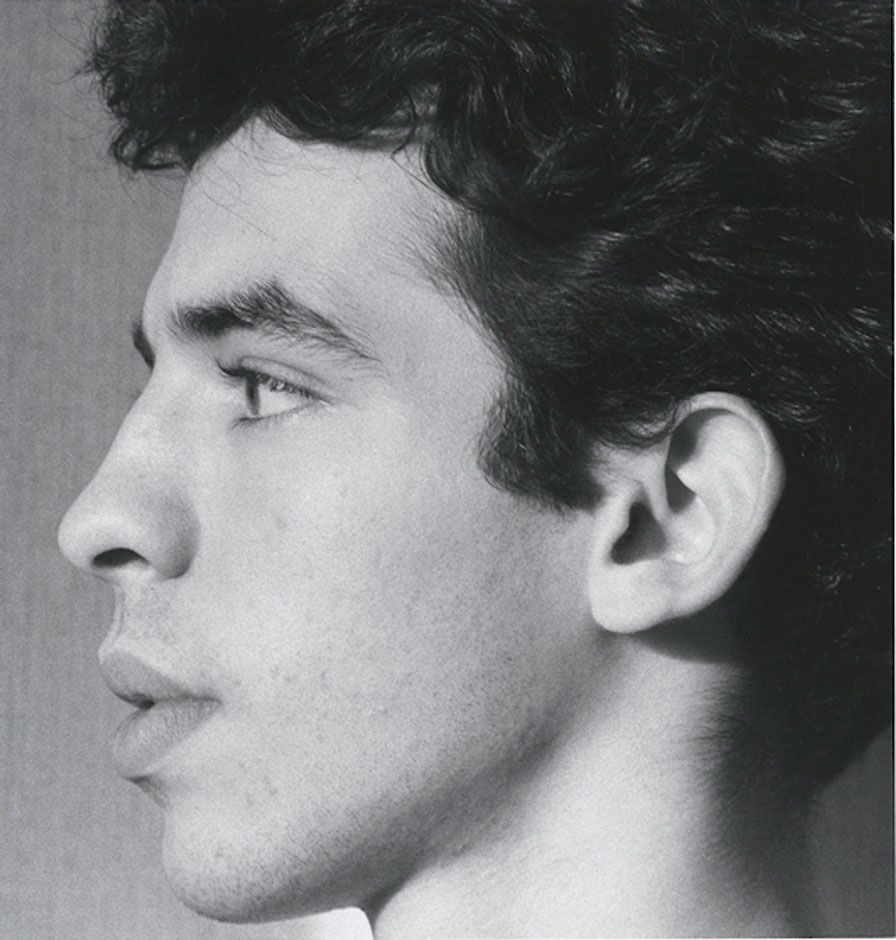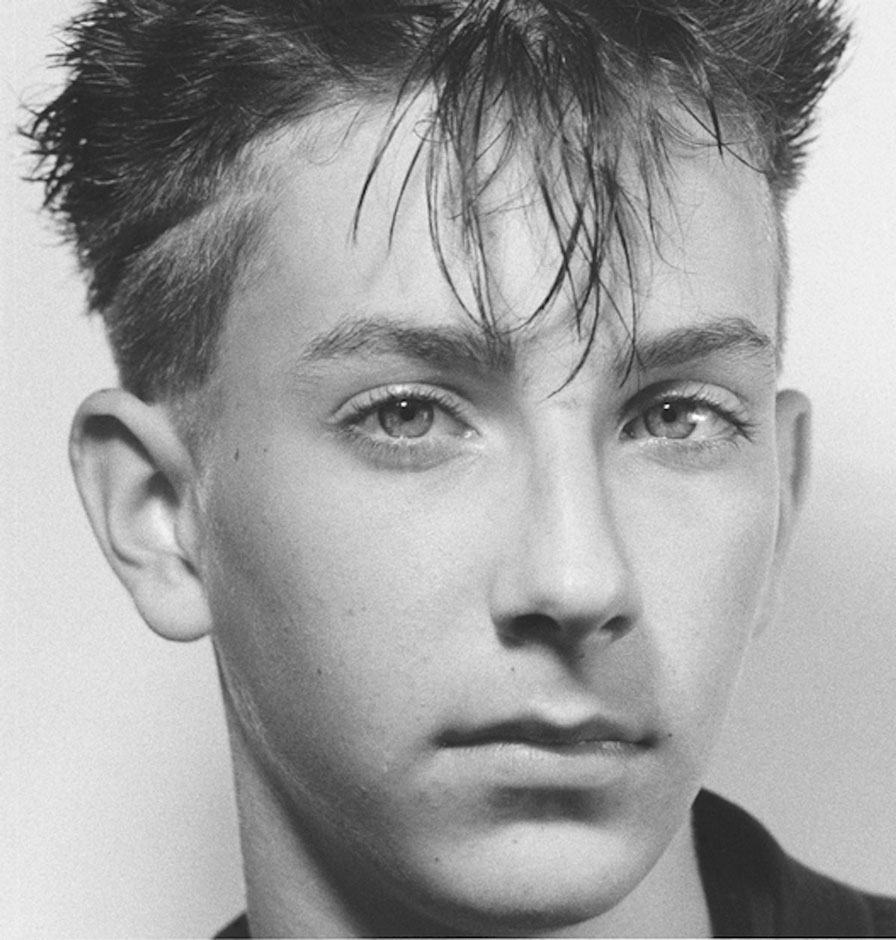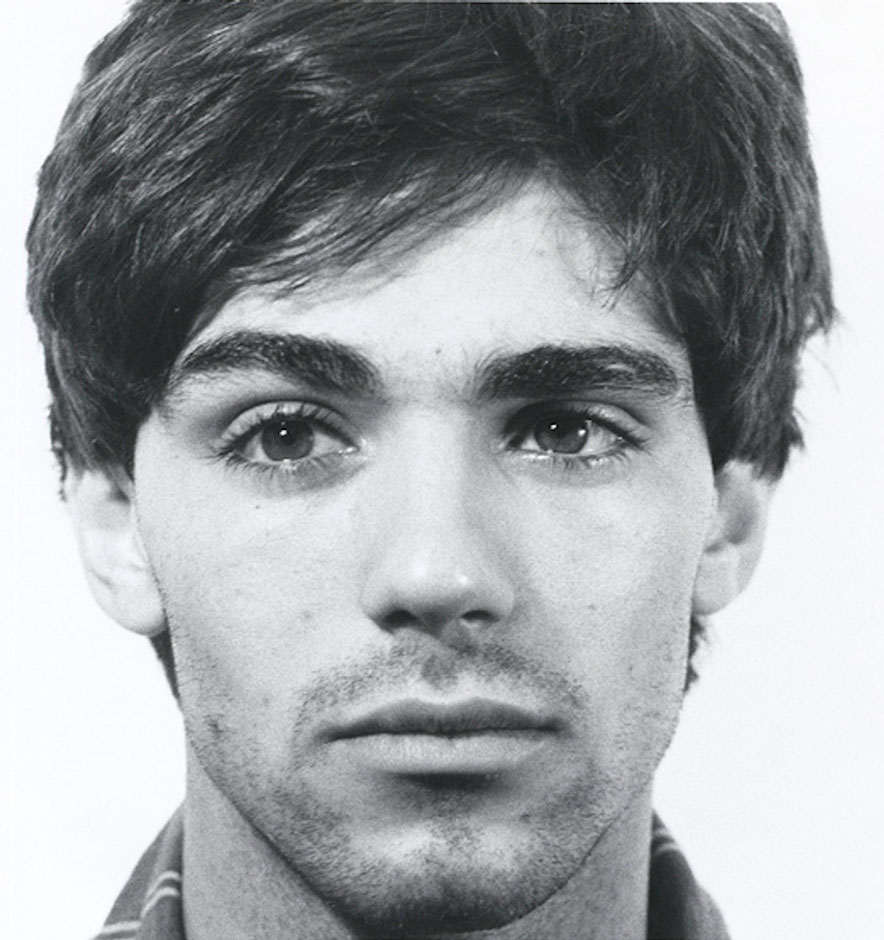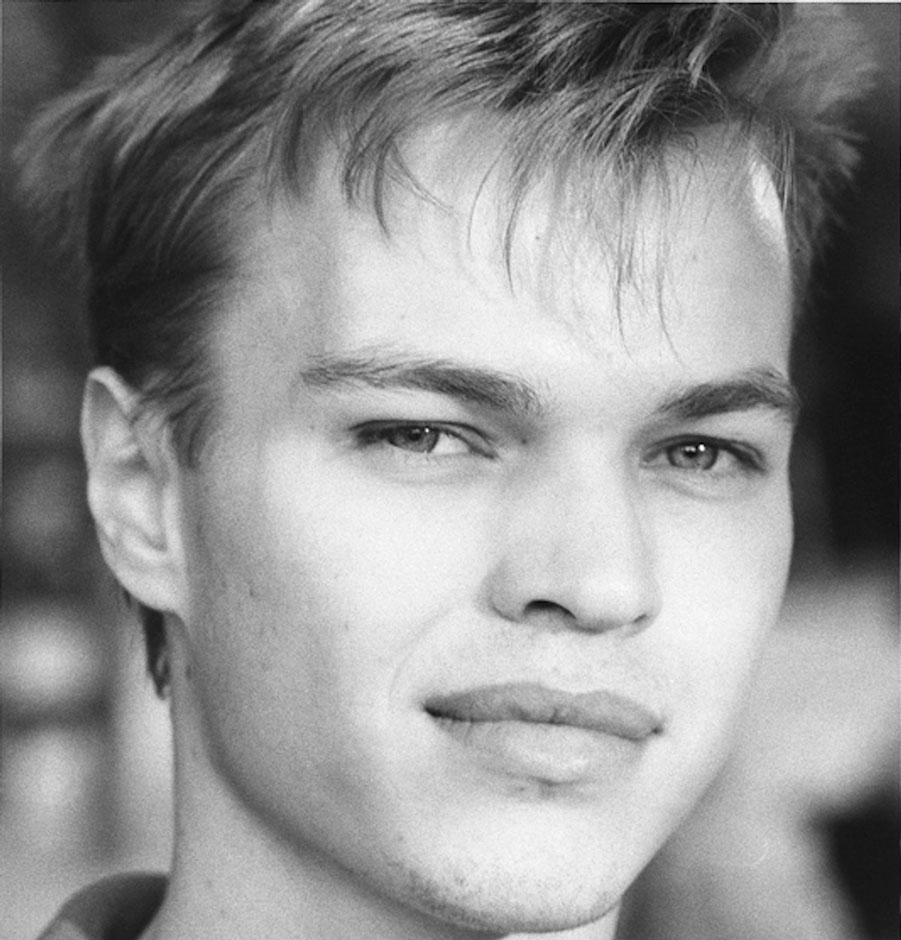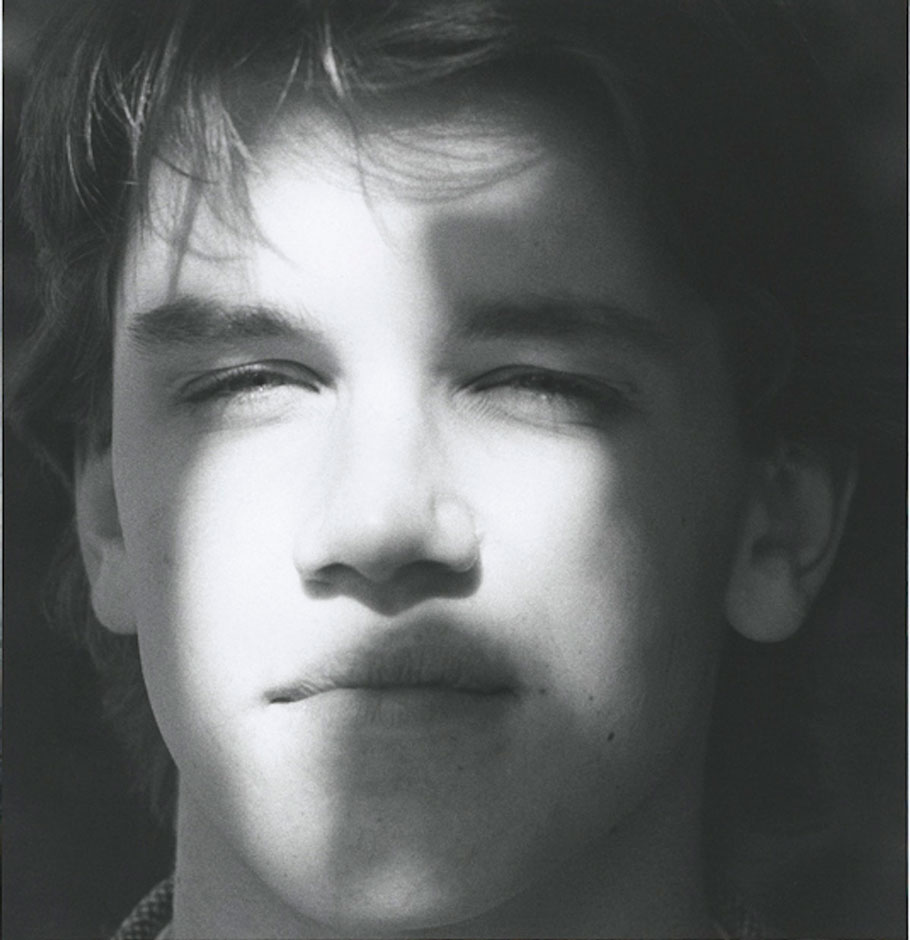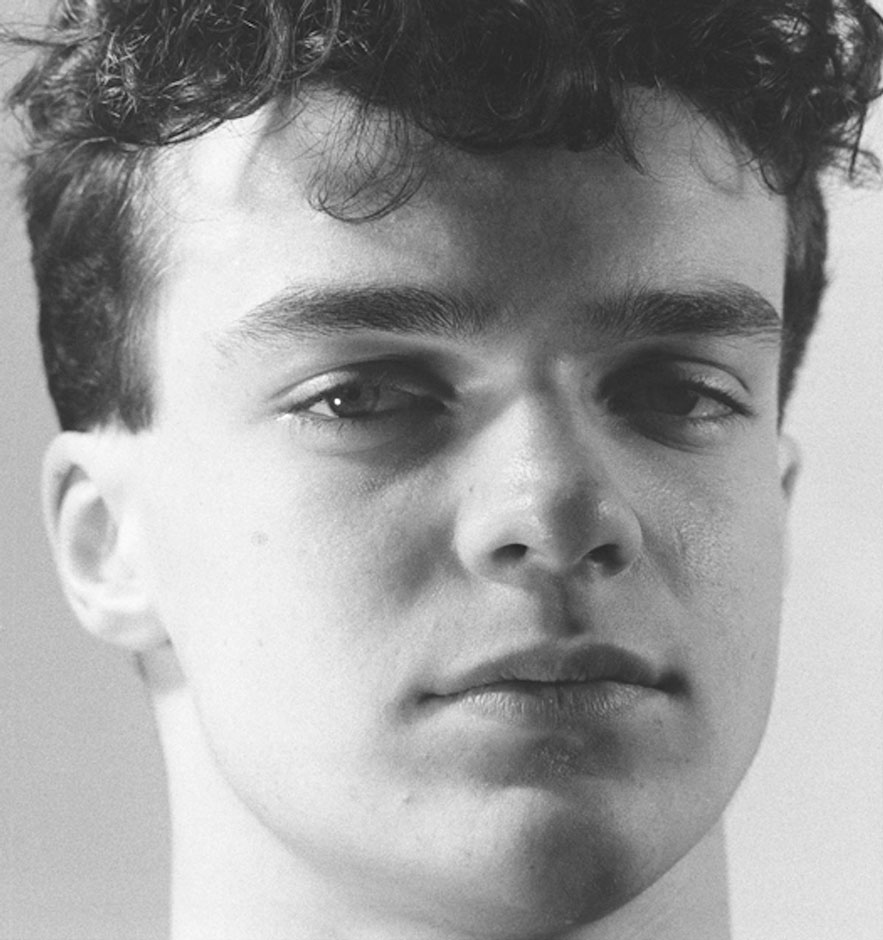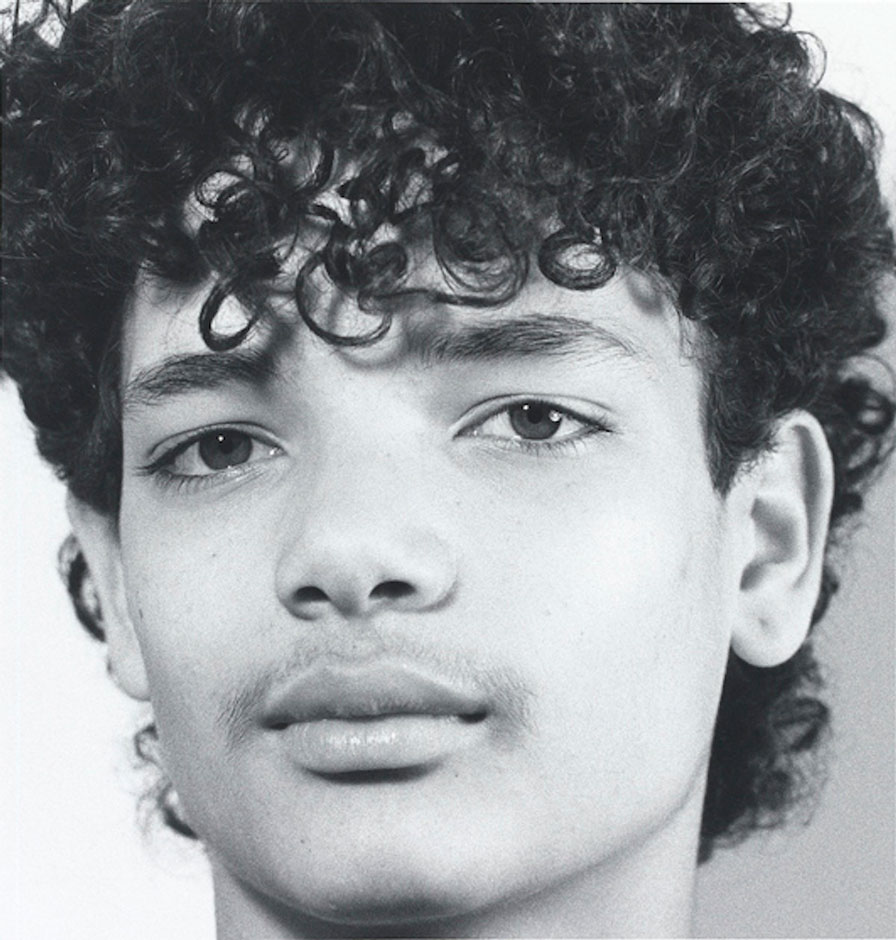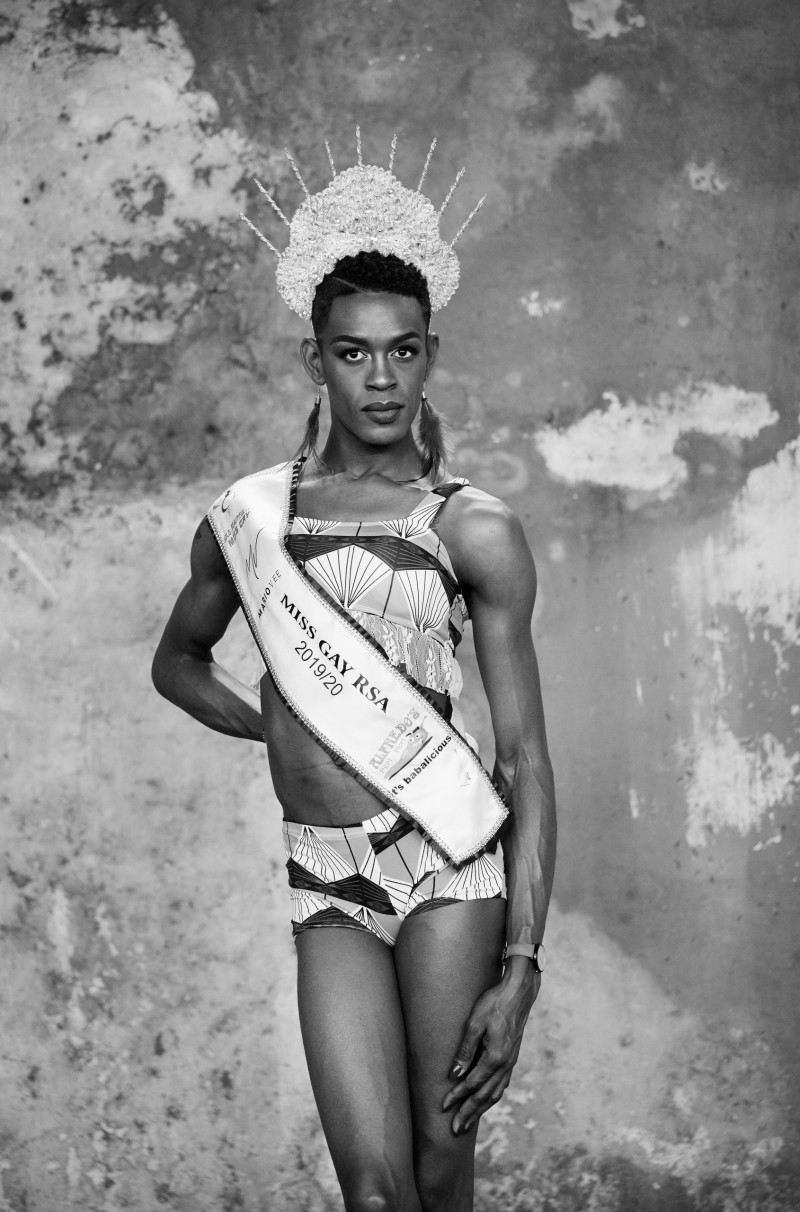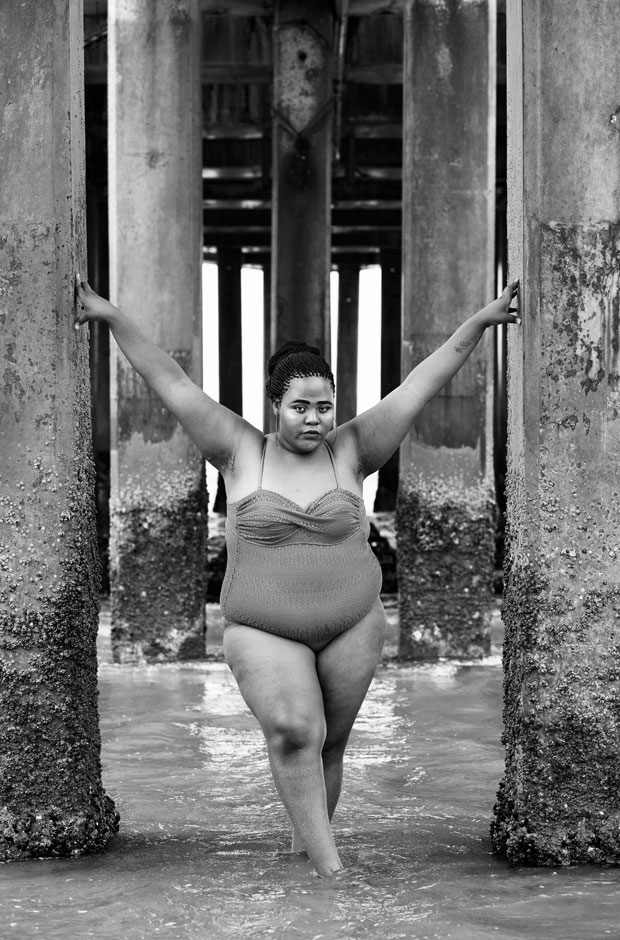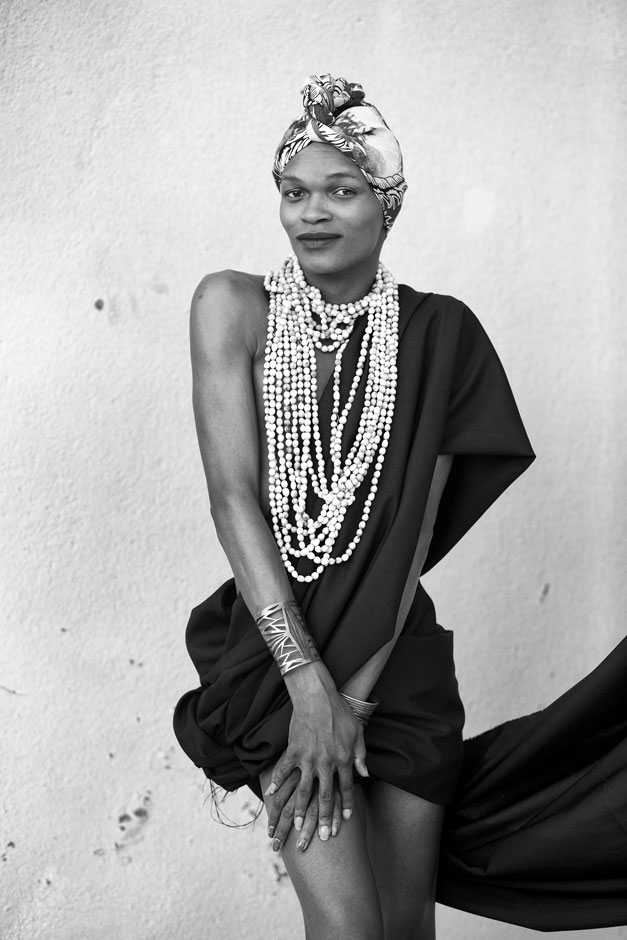Gender
Gender Identity and Sex
Gender is an interplay of bodily, social, cultural and legal factors.
male
female
inter
endo
CIS
trans
At the time of a child’s birth, the sex is assigned to be female or male based on external sexual characteristics. If these are not clear, the internal organs, hormones and genes are examined. If the sex cannot be clearly determined as female or male at birth, one speaks of intersexuality. However, in Switzerland and in many other countries, only the categories “male” or “female” are legally provided for.
This type of sex assignement and the legal dichotomy often leads to unnecessary operations. The UN condemns these irreversible interventions as torture. It has also reprimanded Switzerland for not prohibiting such operations by law.
As a person grows up, their gender is formed by their environment, behaviour and self-image. Often the assignment of sex at birth means that children assigned female are brought up as girls and children assigned male as boys. Stereotypically, this means that girls play with dolls and boys with cars. Gender roles are learned in this way and these in turn influence a person’s capabilities, preferences and behaviour.
Gender is complex and is influenced by various factors. Five dimensions of gender and sex can be distinguished. Of these, one is biological (body), one is psychological (identity) and three dimensions are social (sexual orientation, gender expression and role). Therefore, gender is biopsychosocial.
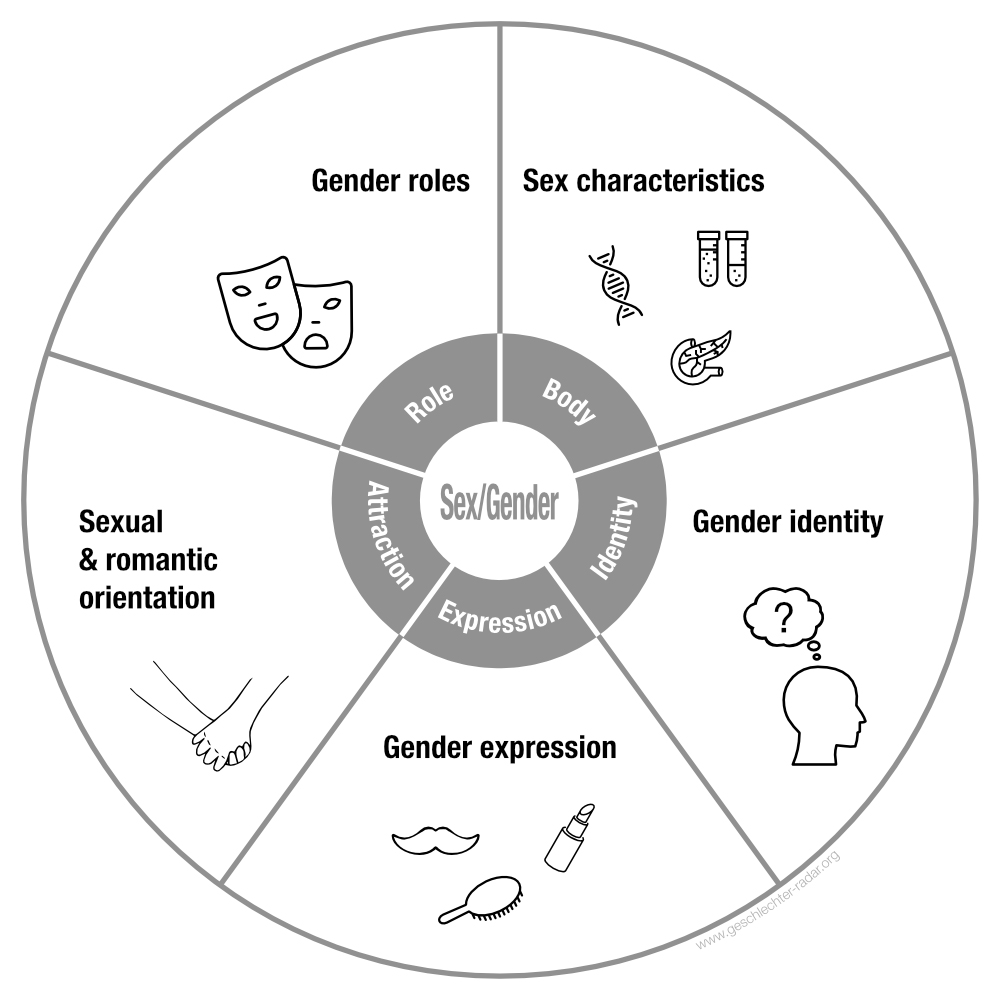
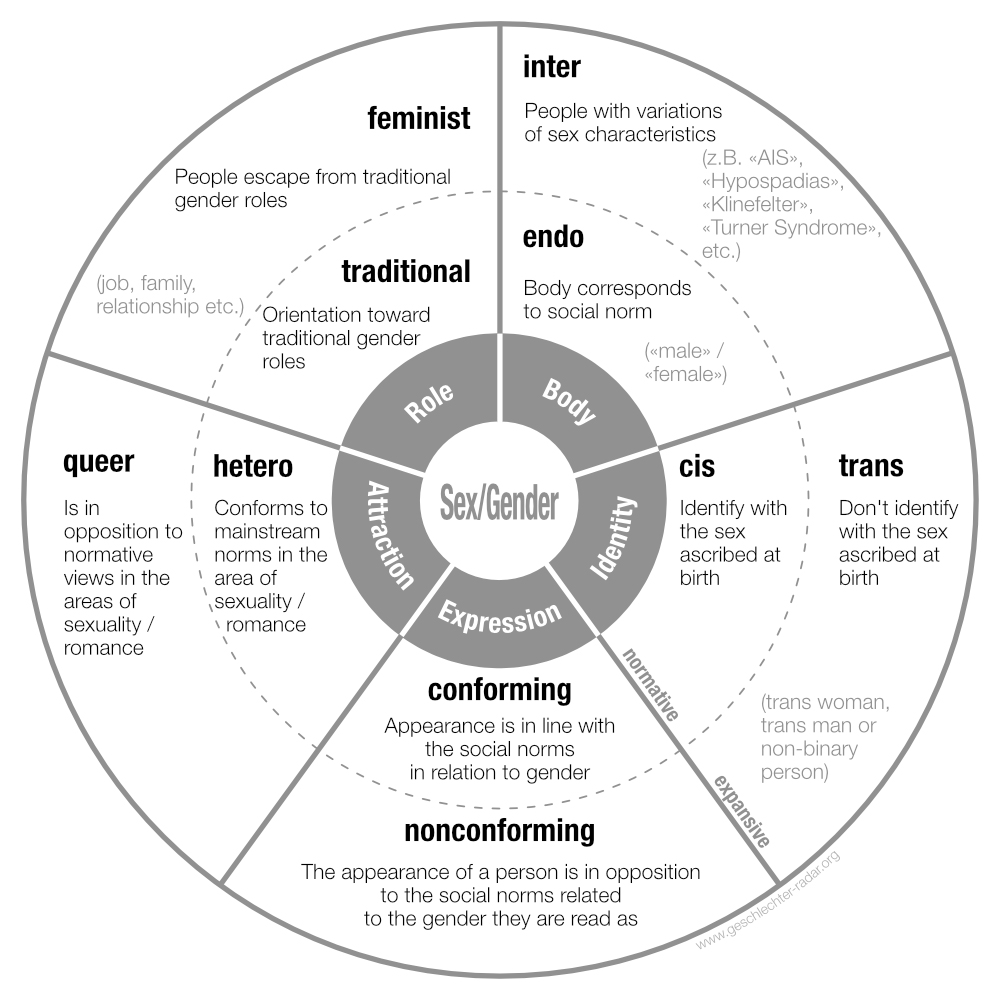
Who am I?
Legally, only the two genders “man” and “woman” are permitted in Switzerland. Non-conforming behaviour in relation to gender roles is often discriminated against. Nevertheless, the stereotypical ideas of man and woman scarcely apply fully to anyone. Rather, gender is a fluid, ambivalent category. We all have a number of characteristics that can also be contradictory. It does not really matter whether we describe these character traits as female or male.
Men who appear womanlike and women who seem boyish are also referred to as androgynous. Art, particularly in the 1970s, played with concepts of androgyny, cross-dressing and drag performance and celebrates queer joy. In 1974, the Kunstmuseum Luzern devoted the exhibition Transformer. Aspekte der Travestie to the phenomenon.
Walter Pfeiffer took the photograph series Carlo Joh for the Transformer exhibition. In those photographs, the model Carlo explores the field of tension between masculine and feminine and tries out different gender roles. Carlo Joh, and with him the photographer Walter Pfeiffer, examined the ‘not only but also’. Cross-dressing and the game with beauty and ambivalence combine here to create a fragile individual portrait.
Transformer, 1974
The press release on the legendary exhibition Transformer. Aspekte der Travestie maintained that, “both the exhibition and the catalogue are destined to be revelatory, artistically and sociologically, as regard the much debate re-orientation of gender roles and their socially determined function”. The press response was one of depreciation and indignation, referring to “exhibitionistic preoccupations with self” and carrying the headline “Transvestiten unter sich. Fragwürdige Veranstaltung im Kunstmuseum Luzern” (Transvestites among themselves. Questionable event at the Kunstmuseum Luzern).
LGBTQIA+
LGBTQIA+ means lesbian, gay, bi-sexual, transgender, queer, intersexual, and asexual. The plus sign points to the fact that the list could well be continued. The abbreviation thus stands for all gender identities and all sexual orientations that are not heterosexual or cisgender.
LGBTQIA+ people fight against many different forms of discrimination. Moreover, they are often affected by acts of violence aimed at their identity, which does not conform to conventions.
In Switzerland, these specific acts of violence are not seen as being separate. So far, political motions put forward to have this done have failed. The Swiss Federal Council has also decided that the time is not yet ready to register a third gender in addition to female and male. Perhaps a non-binary member of the Federal Council is needed first.

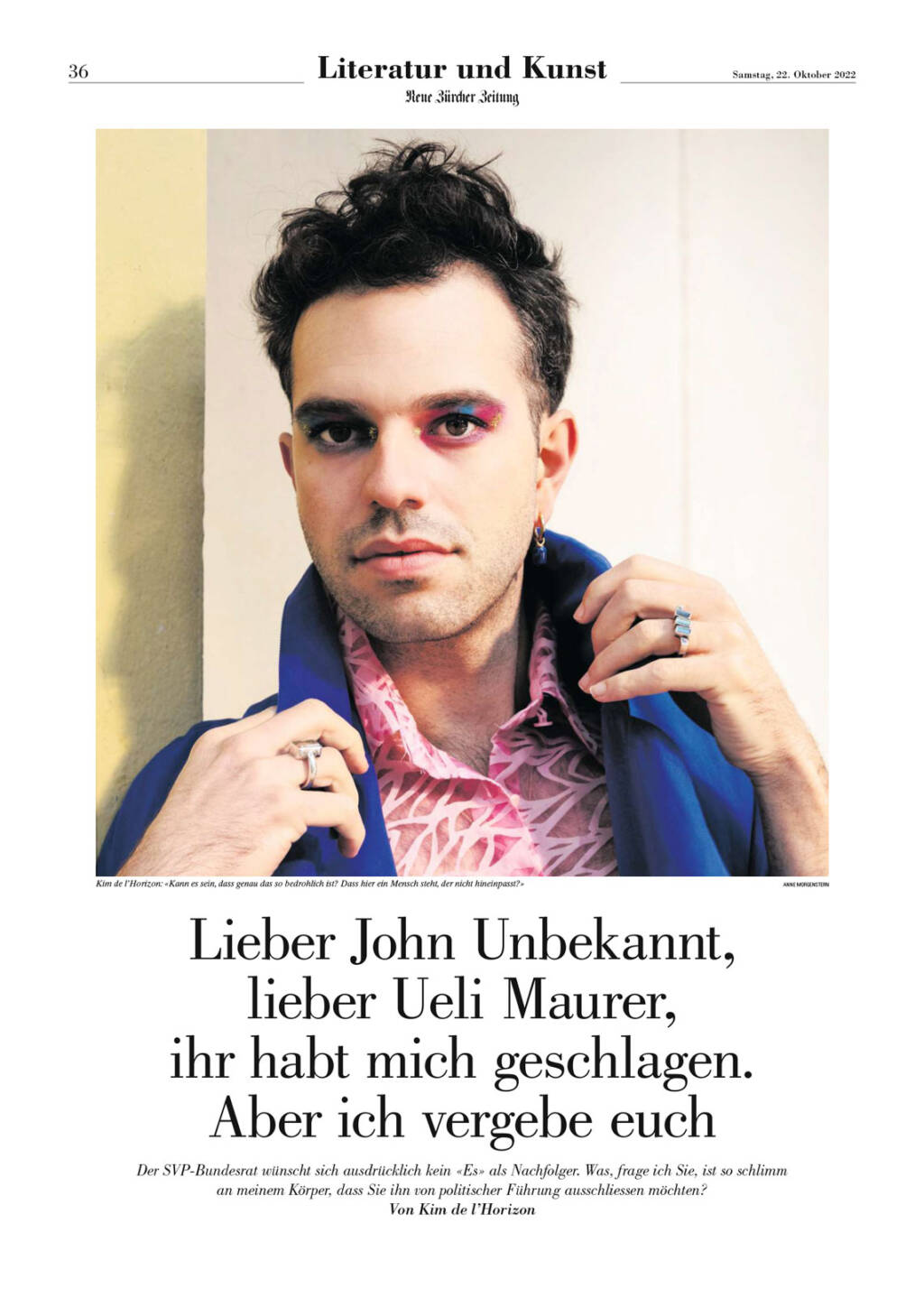
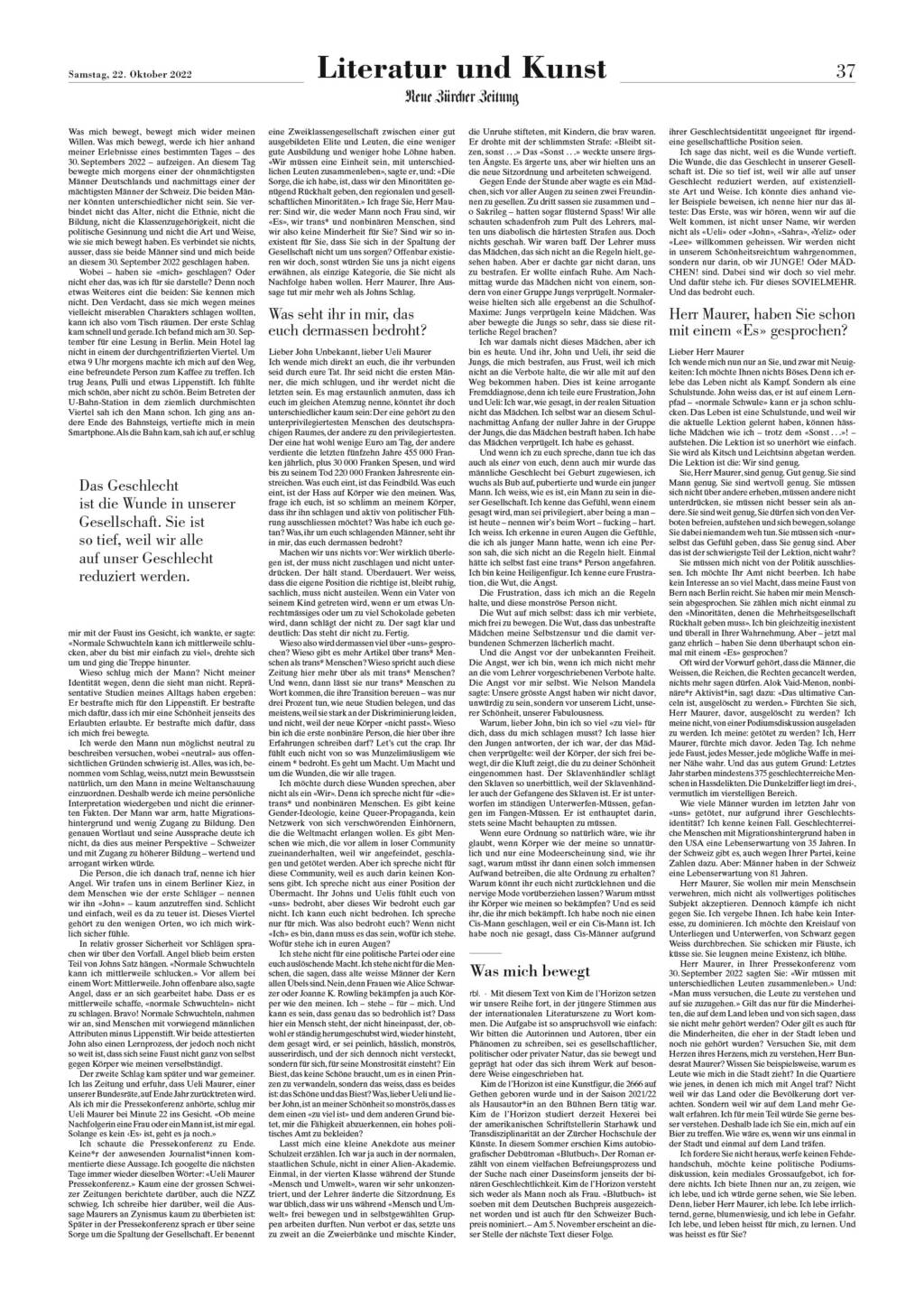
Brave Beauties, 2014—
In the portrait series Brave Beauties Muholi questions queer and transphobic stereotypes. Muholi shows trans-women and non-binary people who are taking part in beauty and drag queen contests. According to Muholi, they do this “in order to change the mental attitude of the community in which they live, even if they experience bad things in that community.” Within the Black LGBTQIA+ community in South Africa, these beauty contests provide a space for resistance by giving expression to a kind of beauty that is outside of the heteronormative and white predominant culture. The series also recalls fashion shootings. Muholi is thus asking whether “in democratic South Africa the picture of a trans-woman would be possible on the cover of a magazine.”
“There’s nothing wrong with loving who you are.”
Lady Gaga, Born this Way, 2011
Gender Gap
Since 2006, the World Economic Forum has been publishing an annual report on inequality between the genders in different countries. Currently, the report only makes a difference between two genders: man and woman. The Global Gender Gap Report examines four areas: economic participation, access to education, health and life expectancy, as well as political participation. Iceland performs best. There, the difference between the genders is not even 10%.
In Switzerland, developments over the past years have been negative. In 2021 it still ranked among the Top Ten, in 2023 is dropped to 21st place. Deteriorations in the fields of economics and education are responsible for this. In the case of education, for example, Switzerland is only number 102 of the 142 states examined. According to the report, the gender gap in Switzerland will not be overcome until the year 2154. There’s still an awful lot to be done!
Feminism and Emancipation
The struggle for gender equality has been going on for a very long time. Women have been demonstrating for their rights for several centuries. Within feminism there are a variety of movements. Above all, the unequal power structures established in society are questioned and criticised. One example is the #MeToo movement that emerged in 2017. The hashtag spread in the course of the Weinstein scandal and led to a worldwide public discussion against sexual harassment and abuse.
While at the start of the women’s movement the struggle was mainly for womens’ rights, since the 1990s the understanding of feminism has expanded. It is now linked with the LGBTQIA+ movement, anti-discrimination movements against racism and classism. The feminist strike switzerland, for example, not only demands “equal pay for equal work” but also a crackdown on racist, xenophobic, anti-queer and ableist discrimination.
«One is not born a woman, but becomes one.»
Simone de Beauvoir, 1949
Voting Rights for Everyone!
From the 17th century on, people were questioning the absolutist sovereignty of kings and the church – it is the Age of Enlightenment. People were talking about philosophy, law, literature and art to discuss ideas for a new, more equal society. With the Declaration of the Rights of Man and of the Citizen, which was adopted in 1789, they come a little closer to this goal. However, these rights are initially reserved only for white men.


Voting Rights
in Switzerland
The struggle for women’s right to vote in Switzerland began with the first Federal Constitution of 1848. It states that all Swiss people are equal before the law. Yet it was 1971 before the only people eligible to vote, namely men, accepted women’s right to vote at national level. Switzerland thus brought up the rear in Europe. It took even longer in some cantons. In 1900, the Federal Supreme Court introduced women’s right to vote in Appenzell Innerrhoden.
in South Africa
White women in South Africa received the right to vote in 1930. Only after the abolition of Apartheid in 1994 were all groups of the population eligible to vote.
